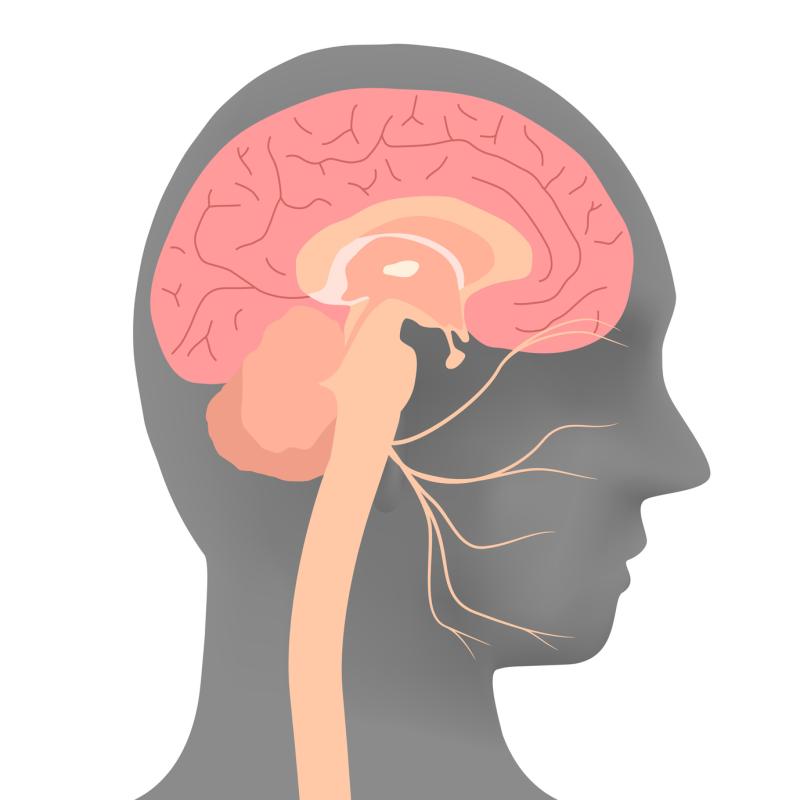
Decreased sense of smell, reduced ability to taste things, or ringing in the ears tend to occur in the early stage of COVID-19, according to a study, suggesting that neurosensory dysfunction could be used as a marker for early diagnosis of the infectious disease.
Researchers recorded the clinical characteristics and obtained oropharyngeal swabs from 86 hospitalized COVID-19 patients (median age, 25.5 years; 51.1 percent male) in China, among whom 85 had mild and one patient had severe disease.
Eighteen patients (20.9 percent) had at least one comorbidity: chronic liver disease (n=8), hyperlipidaemia (n=3), cardio-cerebrovascular disease (n=3), hypertension (n=2), anaemia (n=2), and hyperthyroidism (n=2). The most common manifestation of COVID-19 was cough (n=41), followed by fever (n=26), fatigue (n=16), pharyngalgia (n=16), anorexia (n=15), headache (n=12), myalgia (n=8), diarrhoea (n=6), and vomiting (n=4). Eleven patients did not show these symptoms.
Forty-four patients (51.2 percent) had neurosensory dysfunction, including hyposmia (n=34), hypogeusia (n=33), and tinnitus (n=3). These presentations were more prevalent among patients aged <40 years (p=0.001) and among women (p=0.006).
Hyposmia and hypogeusia were both present in 23 patients (26.7 percent), and the mean interval between their onset was 0.7 days. The mean interval from onset of the olfactory and gustatory symptoms to onset of typical symptoms was 0.22 and 0.75 days, respectively. The corresponding mean interval to admission was 6.06 and 5.76 days. Hyposmia lasted a mean of 9.09 days, while hypogeusia a mean of 7.12 days.
The viral load had been high since symptoms onset, peaked within the first week, and then gradually declined.
While unclear, there are two possible reasons why neurosensory dysfunction occurs early, according to the researchers. First is that high viral load at the beginning of infection may be related to the development of neurosensory dysfunction. Second is because the oral and nasal cavities are the main entry pathways for invasion of SARS-CoV-2, the virus that causes COVID-19.
The present data suggest that the neurosensory dysfunction should be added to the routine screening list for COVID-19, the researchers said.